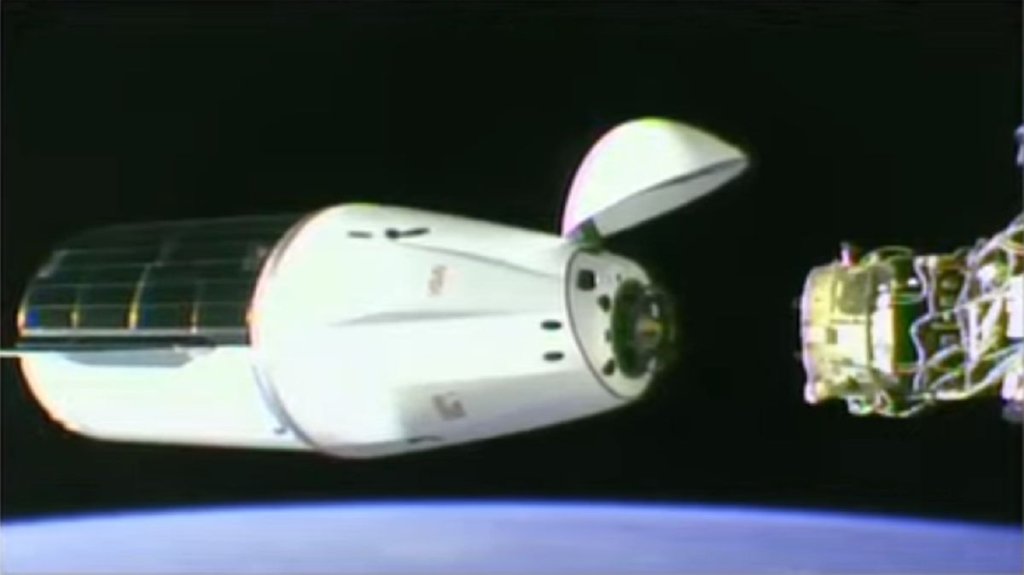
SpaceX Dragon cargo ship docks at ISS with laser experiment and more (video) (Image Credit: Space.com)
A SpaceX Dragon cargo capsule arrived at the International Space Station early Saturday (Nov. 11) carrying tons of fresh supplies for the orbiting lab’s astronaut crew.
SpaceX launched the robotic Dragon resupply ship atop a Falcon 9 rocket from Kennedy Space Center in Florida on Thursday evening (Nov. 9), kicking off the company’s CRS-29 cargo mission for NASA.
The Dragon docked with the International Space Station (ISS) on Saturday at 5:07 a.m. EST (1007 GMT), about 14 minutes earlier than scheduled.
Related: SpaceX launches its 29th cargo mission to the International Space Station

Dragon is carrying more than 6,500 pounds (2,950 kilograms) of supplies and scientific hardware on CRS-29, which is the 29th cargo mission SpaceX has flown to the ISS for NASA. (CRS stands for “Commercial Resupply Services.”)
Among the scientific gear is a NASA experiment called AWE, or “Atmospheric Waves Experiment,” which will study gravity waves in Earth’s atmosphere.
Also going up with the parcel is the agency’s ILLUMA-T project (short for “Integrated Laser Communications Relay Demonstration Low Earth Orbit User Modem and Amplifier Terminal”). ILLUMA-T will test high-speed laser communications in orbit, exchanging signals with the Laser Communications Relay Demonstration, an instrument that launched aboard a U.S. military satellite in December 2021.
And beyond the science, Dragon is also hauling up some holiday treats for the ISS astronauts on this flight, including pumpkin spice cappuccinos, turkey and cranberry sauce, NASA officials said.

Dragon will spend about a month at the ISS, if all goes according to plan. The craft will then come back to Earth with 3,800 pounds (1,724 kg) of cargo loaded on by the ISS astronauts, NASA officials said.
No other space station cargo craft has this return capability. The other two operational freighters — Northop Grumman’s Cygnus craft and Russia’s Progress vehicle — are disposable. At the end of their missions, they burn up in Earth’s atmosphere.
Editor’s note: This story was updated at 11 am E.T. on Nov. 11, 2023 to reflect the successful docking of SpaceX’s Dragon CRS-29 spacecraft at the International Space Station.








